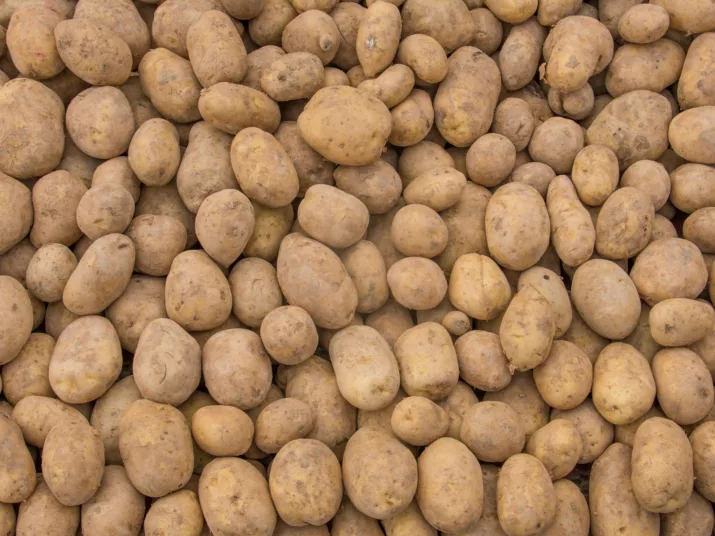
New Varieties
Crops for tomorrow
Humans have been breeding plants for thousands of years - wild grasses gave rise to high-yielding cereals. Today, climate change poses new challenges: Plants must be better able to cope with heat, drought and disease. Traditional breeding remains important, but modern technology is speeding things up: genetic engineering, genome analysis, automatic trait recognition and AI are helping to develop new varieties more quickly.
Photo by Javad Esmaeili on Unsplash
Even “typically German” plants have to adapt. They have such melodious names as “Taormina”, “Tango” and “Titan”. New varieties offer new opportunities: whether potatoes or hops - they defy climate and disease and secure the harvests of tomorrow.
New potato varieties
Potatoes are having a hard time these days - heat, drought and diseases are causing them problems. That's why new varieties are being bred that can cope better. One of these is called “Taormina” - it can withstand heat and doesn't get sick as quickly. Even though there are many varieties, most in Europe are descended from a few ancestors. In Peru, where the potato originally comes from, there are over 4000 varieties and many wild relatives. A research center there is using this diversity to develop potatoes for the future.
Did you know that there is an International Potato Center? It is based in the Peruvian capital Lima. Under the direction of Rainer Vollmer, it not only preserves the world's largest collection of potato varieties, but also conducts intensive research into the development of a so-called super potato:
New hop varieties
Will our beer taste different in the future? Climate change is making things difficult for hops - the plant that gives beer its typical taste. There is less yield and the bitter substances in hops are also decreasing. To ensure that our beer still tastes good, researchers are breeding new varieties that can cope better with heat and drought. Some of them are already growing in Superland, for example “Tango” and “Titan” - developed by the Hüll Hop Research Center.
Also New Zealand’s hop breeders develop unique, flavourful cultivars for craft brewing, tailored to local growing conditions. Key goals include pest and disease resistance, reducing pesticide use and supporting the “Pure New Zealand” brand in premium markets: